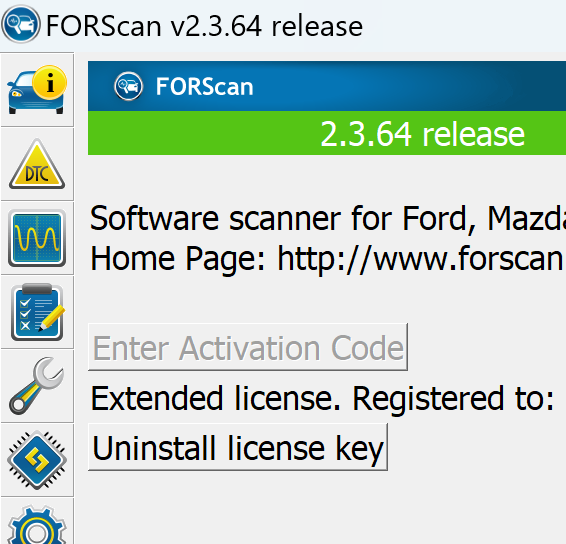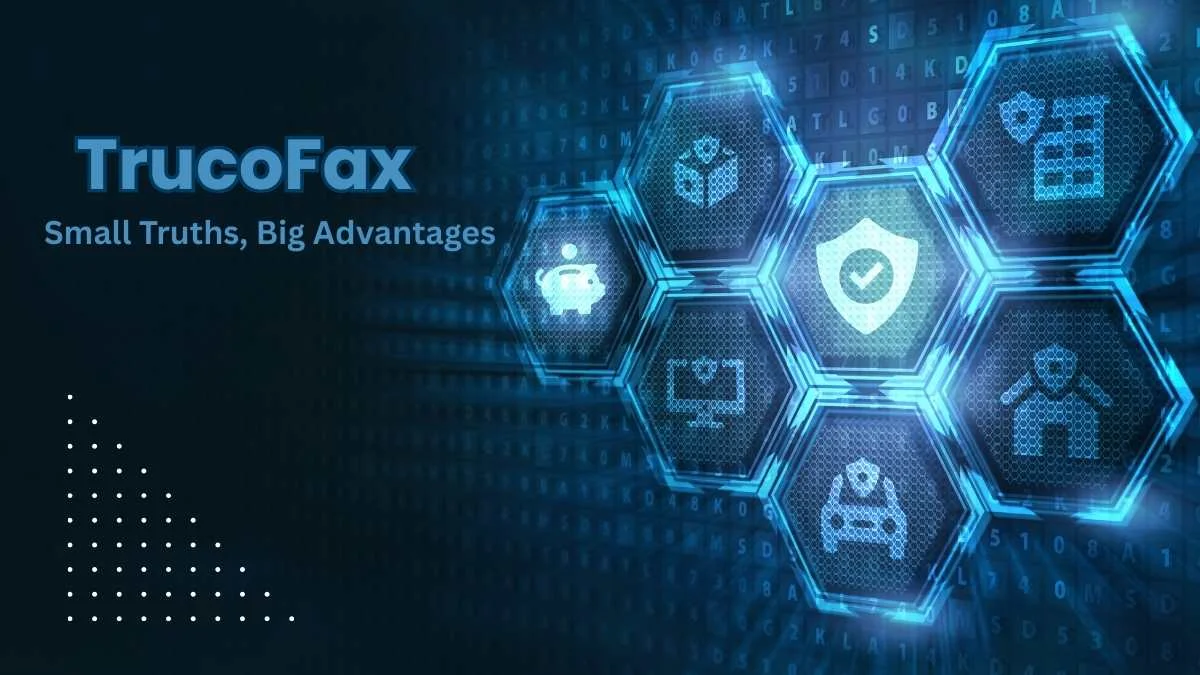troduction
Have you stumbled across the word markesh and thought, “What on earth does that mean?” You’re not alone. This term has been making its rounds online and in different communities, yet few resources give you a truly clear, in-depth explanation. This guide is specifically designed to help with that.
In the next few sections, we’ll break down what markesh means, where it came from, how it’s used, and why it matters in today’s fast-changing digital and cultural landscape. Think of this as your go-to manual for understanding markesh, with examples, comparisons, and even predictions for how it might evolve in the future.
By the end, you’ll not only know what markesh is—you’ll also know how to use it effectively, avoid common mistakes, and stay ahead of the curve.
What Is Markesh?
Etymology and Origins
The word it has sparked curiosity because its origins feel mysterious. In different contexts, it carries slightly different shades of meaning. Linguists point out that terms like this often emerge as slang, coined from cultural movements, or adapted from older languages.
Interestingly, it is appears in historical and mythological references across cultures. For example, some sources tie it back to Middle Eastern or South Asian languages, where it meant “imprint,” “signature,” or even “destiny.” This gives the word a poetic undertone—suggesting something lasting and influential.
Modern Definition
In today’s world, it usually refers to a unique identity, a brand presence, or a signature idea that sets a person or company apart. Think of it as the “fingerprint” you leave on people—whether through your business, creative work, or even how you show up on social media.
- In marketing, it is often tied to how your brand communicates and connects with an audience.
- In culture, it is about the vibe, reputation, or energy someone carries.
- In online spaces, it has been used in hashtags, memes, and even personal branding advice.
Why Markesh Matters Now
We live in an era of noise. Everyone’s posting, advertising, or selling something. What cuts through the clutter? A strong markesh.
For example:
- A business with a powerful markesh—think Apple or Nike—doesn’t need to oversell. Their presence already carries authority.
- A creator with a clear markesh stands out in the flood of content, making people remember their style or voice.
In short, markesh is about recognition and impact.
The Different Faces of Markesh
Markesh in Business
When applied to companies, markesh takes the form of branding and messaging strategies. Businesses with a strong markesh build loyalty faster and command trust.
Case Study: Coca-Cola
Coca-Cola’s markesh isn’t just the red can.It’s the feeling connected to joy, family get-togethers, and fond memories.Even when people try other sodas, Coke’s markesh stays unmatched because it’s not only about a drink—it’s about memories.
Elements of business markesh include:
- Visual identity: logos, color schemes, design choices
- Brands communicate with their audience in a specific style known as their tone of voice.
- Values: causes and beliefs the brand supports
- Customer experience: the emotions people associate with every interaction
Markesh in Everyday Life
On a personal level, markesh shows up in how others perceive you. It’s a mix of how you communicate, what you care about, and the energy you bring.
- On social media, your markesh might be your tone, your memes, or your aesthetic.
- At work, your markesh could be your reputation—are you the problem-solver, the creative thinker, or the steady hand?
In both cases, markesh isn’t forced—it evolves naturally, shaped by consistency.
Markesh Across Communities
Markesh has been interpreted differently across niches:
- In tech: it relates to innovative ideas that define a brand (think Tesla’s markesh of futurism).
- In arts: it’s the signature style—like Van Gogh’s brushstrokes or Beyoncé’s performances.
- In sports: an athlete’s markesh is their signature move or competitive spirit.
How to Use Markesh (and Be Good at It)
Principles of Effective Markesh
Creating a strong markesh isn’t accidental. It follows certain principles:
- Reliability – It’s important for people to understand what they can count on from you.
- Authenticity – Forced images fade quickly. Real connections last.
- Clarity – Keep your messaging simple and memorable.
- Relevance – Tailor your marketing to suit current trends and the needs of your audience..
Practical Tips
- Define your core values. Write down three traits you want to be remembered for.
- Tell stories. Stories stick far more than facts. They give life to your markesh.
- Leverage visuals. A consistent color palette, font, or design helps you become recognizable.
- Engage directly. Reply to comments, emails, or feedback—small actions shape big impressions.
Common Mistakes to Avoid
- Avoid making things too complicated: Focus on not trying to do everything all at once.
- Copying others: Inspiration is fine, but it is strongest when it’s unique.
- Ignoring feedback: If your audience doesn’t connect, adjust.
- Being inconsistent: Changing tone too often confuses people.
The Future of Markesh
Emerging Trends
As technology evolves, so does the concept of its. Anticipate its expansion in sectors such as:
- AI-driven branding: Automated tools that shape brand presence in real time.
- Immersive experiences: Virtual reality will allow brands and individuals to craft deeper its impressions.
- Micro-communities: Instead of broad appeal, it will often focus on niche, passionate groups.
Keeping Your Markesh Fresh
Here’s how you can stay ahead:
- Follow industry leaders and analyze what makes their markesh strong.
- Experiment with formats, from podcasts to TikTok videos.
- Audit your presence every few months. Does your markesh still reflect who you are?
FAQ: All About Markesh
Q: How do you pronounce markesh?
A: Typically, it’s pronounced as mar-kesh, with emphasis on the first syllable.
Q: Is it only for businesses?
A: Not at all. Individuals, artists, and even small community groups can craft their own marksh.
Q: Can anyone build a strong markesh?
A: Yes.Anyone can shine by being clear, consistent, and true to themselves.
Q: What tools can help with developing markesh?
A: Branding kits, Canva for design, analytics tools, and even storytelling workshops.
Conclusion
At its core, it is about the mark you leave behind. Whether it’s your personal reputation, your company’s identity, or the style of your creative work, your markesh shapes how people remember you.
Think of it like planting seeds. Each action, word, or design choice adds to your markesh, building something bigger over time. The strongest markesh doesn’t try too hard—it simply reflects who you are, consistently and authentically.
So, take a moment to reflect: what’s your markesh today, and what do you want it to be tomorrow?
Quick Takeaways
- It means presence, identity, and lasting impression.
- Businesses, individuals, and communities all have markesh.
- Consistency, clarity, and authenticity are the key pillars.
- Future trends like AI and immersive tech will reshape it.
| Aspect | Example | Why It Matters |
| Business | Apple’s simplicity | Creates loyalty |
| Personal | Elon Musk’s futurist identity | Sparks interest |
| Cultural | Beyoncé’s performances | Defines legacy |
“People don’t buy products. They buy stories, emotions, and meaning. That’s the power of a strong markesh.”














Leave a Reply